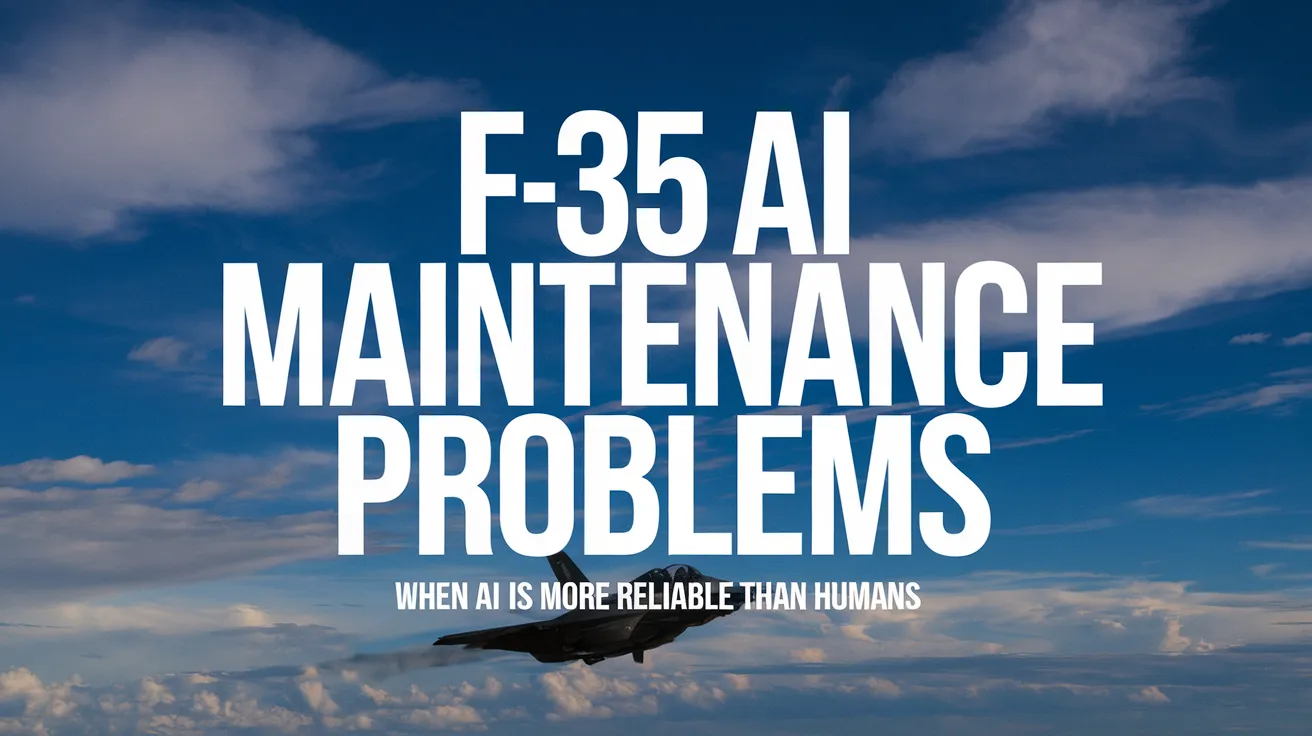F-35 AI Maintenance Issues Exposed

Artificial Intelligence has dramatically impacted the functionality of the F-35, America’s long-embattled 5th generation stealth fighter jet. Manufactured by Lockheed Martin, the F-35 relies on an AI system known as the Autonomic Logistics Information System (ALIS) for maintenance. Initially proposed to enhance maintenance efficiency and reduce costs, the reality has proved to be quite different.
A recently uncovered report from the Office of the Director, Operational Test and Evaluation reveals serious operational shortcomings of ALIS. The report, which emerged following a Freedom of Information Act request by the Project On Government Oversight, outlines in detail how ALIS has become a burden for maintenance crews. It states, “ALIS is the backbone of maintenance support for the F-35 aircraft. Squadrons depend on it to support day-to-day flight operations and maintenance activities… however, ALIS demonstrated poor usability and impeded, rather than facilitated, effective maintenance operations.”
Lockheed Martin’s marketing campaign for ALIS, which included a comparison to a smartphone, suggested that the system would serve as a centralized hub for maintenance information. The intent was to utilize the abundant sensor data from the F-35 to provide actionable maintenance insights. The promotional video emphasized how ALIS would streamline processes and increase aircraft availability. However, as the report indicates, the system is plagued by persistent issues.
ALIS reportedly runs on a server that demands significant spatial resources, described as the size of a shipping container. Despite its advanced design, ALIS has consistently misinformed support staff, generating numerous false alarms, which has only added to maintenance woes. The report highlights, “Efforts to tackle the high false alarm rates have so far not yielded major progress towards meeting threshold requirements.” These overwhelming inaccuracies necessitate additional maintenance work that is often unproductive.
Continuous attempts by the Department of Defense to filter out erroneous alerts from ALIS have met with limited success. Each update tends to revert progress, with new hardware or software versions producing fresh false signals. The report further articulates the frustration experienced by maintenance personnel, noting that the system had poor usability and did not consistently provide the necessary information, leading to a loss of trust in ALIS.
This situation reflects a broader trend of dissatisfaction with the F-35 program, as highlighted by past criticisms from the Government Accountability Office, which had already labeled ALIS as ineffective. In response to these challenges, Lockheed Martin has announced the introduction of a new system, the Operational Data Integrated Network (ODIN), aimed at replacing ALIS. However, the migration to ODIN, which is still not rigorously tested, begins by merely transferring existing ALIS functions to the cloud.
The persistent challenges surrounding the F-35 extend beyond the AI maintenance system. The aircraft has been mired in various operational failures, including notable incidents like the loss of a jet in South Carolina and a self-firing incident causing significant damage. Despite these overwhelming concerns raised in various reports, the Pentagon continues to invest heavily in the program, spending vast amounts on maintenance and pursuing sales to allied nations, a move that raises questions about long-term strategy and efficiency in defense spending.